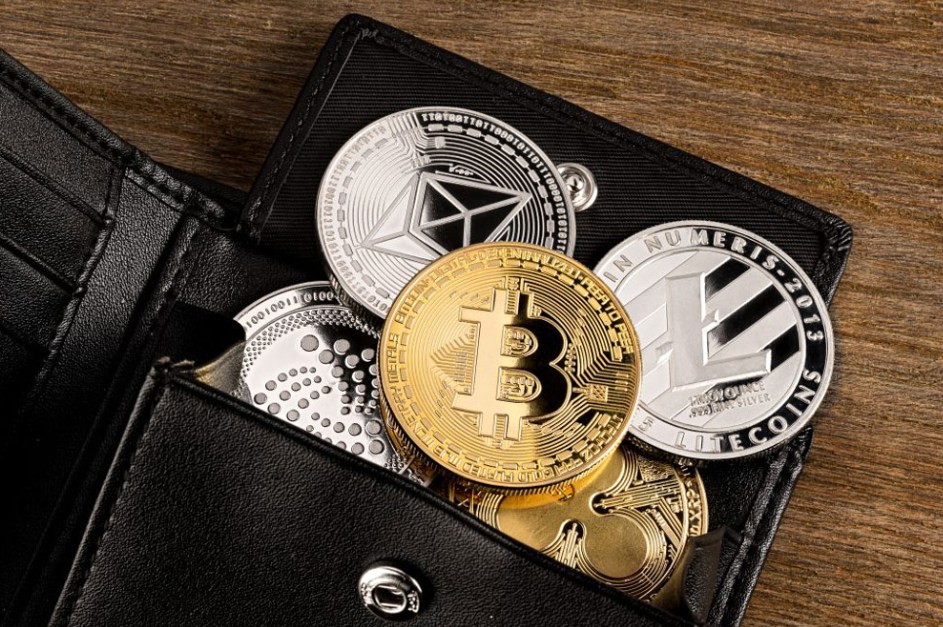What is the Difference Between a Cold and Hot Wallet? Hot wallets are crypto-based online interfaces that store public and private keys for a blockchain address. They allow users to access their assets from any device that’s connected to the internet.
Hot wallets are convenient and easy to use. However, they aren’t as secure as cold wallets, which are stored offline in hardware devices.
Convenience
Hot wallets are a convenient way to use cryptocurrencies because they are already online and connected to the peer-to-peer network associated with a particular blockchain. They are also free to use and compatible with most cryptocurrencies. However, they are prone to hacks and security vulnerabilities.
Cold wallets, on the other hand, are a more secure option. These devices are typically small and compact, which makes them easier to carry around. They are often used for long-term cryptocurrency storage.
There are different types of cold wallets, including paper wallets, hardware wallets, and physical coins. The best cold wallets offer a variety of features, from unlimited storage to Bluetooth connectivity. They are also inexpensive, and most models cost less than $60.
Some cold wallets, such as Trezor, are designed for easy exchange interfaces and support many cryptocurrencies. Others, such as Ledger, have more limited features but are cheaper.
Despite the drawbacks, cold wallets are still a safe choice for most people who plan to store their cryptos for a long time. They are the most secure, but they require some initial setup.
To transfer crypto funds between a cold wallet and a hot wallet, you need a hardware device that supports internet connectivity. You can connect the device to your smartphone or desktop via USB or Bluetooth, then transfer the needed amount to the hot wallet.
Then, you need to sign the transaction with your private key. This process is slower than with a hardware wallet or paper wallet, but it is more secure.
Although both cold and hot wallets are convenient, cold wallets are a safer option for most people because they have limited liquidity. This means that hackers won’t be able to take large amounts of your assets. In addition, they are less likely to be phished and targeted by malware attacks. If you’re considering using a cold wallet, remember to create a strong password and change it frequently.
Security
Hot wallets are more convenient and faster than cold storage, but they can be vulnerable to online hacks. This is why you should use cold storage if you’re going to store your crypto assets for long periods of time.
The key difference between a hot wallet and a cold wallet is that a hot wallet connects to the Internet during transactions, while a cold wallet doesn’t. This is a major security concern for users because it increases the chances of hackers getting their hands on private keys.
While there are many security features for both hot and cold wallets, there is still the possibility of hackers gaining access to your funds. This is especially true if your hardware wallet gets stolen or hacked.
Some wallets are more secure than others, but it’s important to choose the right one for your needs and preferences. You should also consider your personal risk tolerance, as well as the size of your crypto portfolio.
There are two main types of crypto wallets: desktop and web-based. The former is typically downloaded to your computer or laptop and uses software to securely store private keys. The latter is a browser-based app that stores private keys and allows you to buy, sell and trade cryptocurrencies and tokens.
Most desktop and web-based wallets aren’t secure enough for long-term storage, but they can be safe for a short period of time if you’re only using them to make small transactions. This is especially true if you’re using crypto games and NFT marketplaces that require a connection to a desktop or web wallet like MetaMask.
It’s important to remember that although hot wallets are more secure than cold wallets, they are still susceptible to hacks and malware attacks. For this reason, it’s recommended that you keep a small amount of crypto in a hot wallet and the rest in cold storage.
Hot wallets are more convenient for users who want to store small amounts of cryptocurrencies, and they’re also easier to use. However, they’re more likely to be vulnerable to hacks than cold wallets, so it’s best to only store the smallest amounts of crypto in these types of wallets.
Privacy
Hot wallets are web-based crypto wallets that store private keys within an interface connected to the internet. They are most commonly used for transactions, but they can also be used as a long-term storage solution for large crypto holdings.
In terms of security, hot wallets are more vulnerable to hacking attacks than cold wallets. This is because hackers may try to access the wallet by guessing the user’s login credentials or by exploiting vulnerabilities in the wallet software. If a hacker has access to a hot wallet, they may be able to steal the user’s digital assets.
The security of a hot wallet depends on how the private keys are protected. Generally, a hot wallet will provide users with a public and private key for their blockchain address along with a recovery seed phrase. This 12-word recovery phrase is similar to a password recovery secret question’s answer and helps users recover their wallet in case it’s lost or stolen.
If you’re storing crypto on a hot wallet, be sure to lock it in a safe and avoid sharing your account’s private keys with others. You can also use two-factor authentication to increase your security.
A hardware wallet is another way to protect your private keys from hackers. These devices connect to a computer via a USB cable and only allow access when the correct private key is generated offline. This adds an additional layer of protection to the already multi-layer encrypted security protocol.
When deciding which type of wallet to use, consider your needs and preferences. For example, if you’re a user of Web3 dApps, creating a dedicated hot wallet for them can help you ensure your token rewards won’t be exposed to scams.
You should also choose a wallet that is compatible with your preferred cryptos. You should also make sure that it has a simple UI/UX that you’re confident using.
For additional security, be sure to install two-factor authentication on your hot wallet and keep it updated with the latest security patches. It’s also a good idea to distribute your cryptocurrency across multiple wallets, in case one system is compromised. This will prevent hackers from accessing all of your cryptos.
Investing
Whether you’re an experienced crypto investor or just starting out, it’s important to know what wallets are out there and which one is best for you. Fortunately, there are plenty of options, with both cold and hot wallets being viable choices depending on your specific needs.
Hot wallets are digital crypto wallets that need an internet connection to function. This makes them susceptible to hacks and attacks if they’re not used with care.
While they’re a good choice for the casual investor looking to transfer a small amount of coins in a pinch, they’re not recommended for long-term storage, as hackers can quickly wreak havoc on a network. As such, experienced cryptocurrency investors may only hold a small percentage of their assets in a hot wallet, with the rest spread out among several cold wallets.
The right one for you depends on your unique needs and preferences, including how often you access your wallet. For example, if you’re a frequent flyer who regularly uses your crypto, you might want to look into a hardware or mobile wallet. Alternatively, if you’re not too worried about keeping your coins in the dark, you can opt for a secure offline cold wallet that offers a wide variety of features to suit your needs. The most important thing to remember is that you need to choose a wallet that has years of experience and a stellar track record with no glaring security flaws. It’s also a smart idea to keep a backup of your private keys in multiple locations, preferably in an encrypted format.



